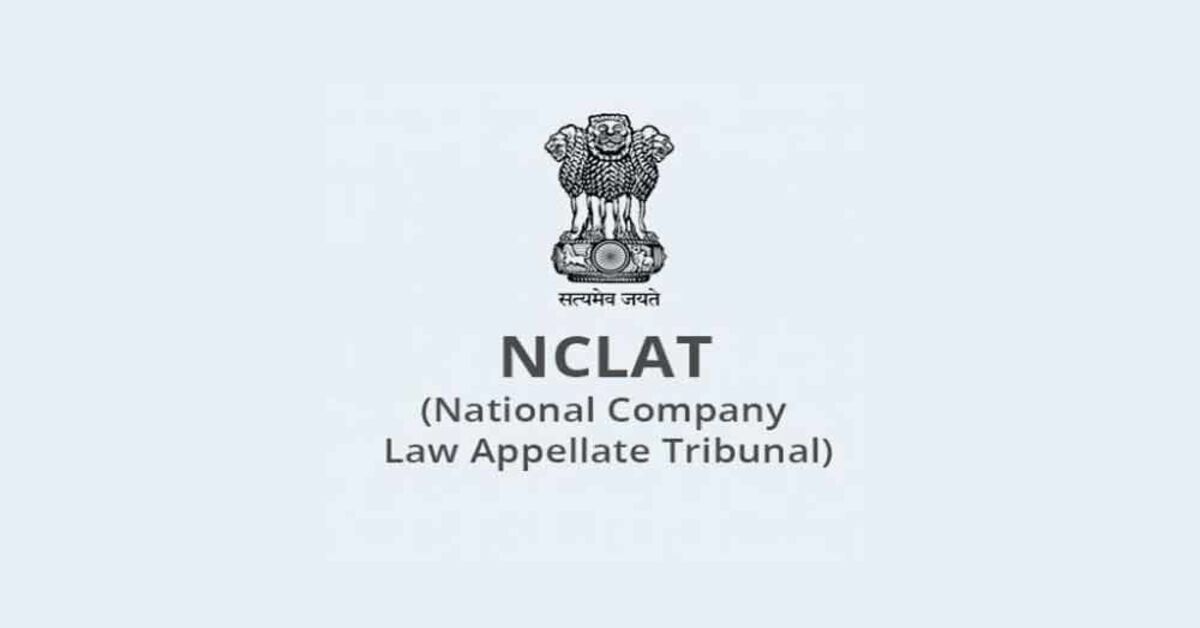
Introduction
The High Court of Gujarat’s ruling in the case of Jadavbhai Jerambhai Chavda versus Koli Savsi Amra (Decd. through Lrs.) delves into the intricate legal principles surrounding the rejection of a plaint under Order 7 Rule 11 of the Civil Procedure Code (CPC). This article comprehensively reviews the judgment, highlighting the court’s observations and the legal provisions at play.
The Plea of Demurrer and Factual Basis for Rejection of Plaint
The Court clarified that a plea for rejection of the plaint is based on the ‘Plea of Demurrer,’ meaning that the defendant assumes the facts stated in the plaint to be true for argument’s sake. The determination is confined to the contents of the plaint and the documents presented by the plaintiff, without considering the defense at this stage (para 9). The Court emphasized that the defendant has the burden of demonstrating that, despite the prima facie correctness of the plaint, it is not maintainable (para 9).
Order 7 Rule 11 of CPC: Scope and Application
The Court noted that the language of Order 7 Rule 11 of the CPC expressly prohibits reference to the defendant’s written statement while deciding on the application for rejection of the plaint (para 10). The rule necessitates a reading of the plaint and its annexures to discern if there is any clever drafting creating an illusion of a cause of action or if the claim is genuine (para 15).
Establishing Cause of Action
A ’cause of action’ encompasses every fact that would need to be proved by the plaintiff to support their right to a judgment. It does not include evidence necessary for proving these facts nor does it pertain to the defendant’s possible defenses (para 11).
Examination of the Plaint: A Prerequisite for Rejection
The Court scrutinized the plaint to ascertain the plaintiff’s claim to the subject land, which was allegedly donated by an erstwhile ruler. The Court had to determine whether the plaint set up a cause of action that, if traversed, would prove in favor of the plaintiff (para 16).
The Role of Knowledge and Limitation in Rejection of Plaint
The Court observed that knowledge of a fact pertinent to the case, either actual or deemed through diligence, is crucial in determining the timeliness of a claim. A party cannot plead ignorance to circumvent the provisions of the Limitation Act (para 20).
Limitation Act, 1963 and Its Implications
The Limitation Act, 1963, prescribes a three-year period for challenging documents or contracts, starting from when the plaintiff first became aware of the right to do so (Article 59). The Court found that the plaintiff was aware of the proceedings concerning the subject land and thus could not plead ignorance (para 22).
Concluding Observations: The Fate of the Plaint
The Court concluded that the plaint was not maintainable and the relief claimed by the plaintiff was barred by law. The cause of action was deemed vexatious, and the drafting could not save the suit from the application of Order 7 Rule 11 of the CPC (para 30). The Court also noted the lack of averments regarding the plaintiff’s capacity to file the suit on behalf of the Swaminarayan Temple, deeming the attempt as a misuse of the legal process (para 31).
Conclusion on Rejection of Plaint
The legal scrutiny under Order 7 Rule 11 of the CPC serves as a gatekeeping mechanism to ensure the maintainability of a suit. The High Court of Gujarat’s decision underscores the importance of establishing a clear cause of action, adhering to the statutes of limitation, and the necessity for a plaintiff to demonstrate legitimate capacity to sue. This case exemplifies the judiciary’s role in preventing the abuse of the legal process through rigorous application of procedural law.













